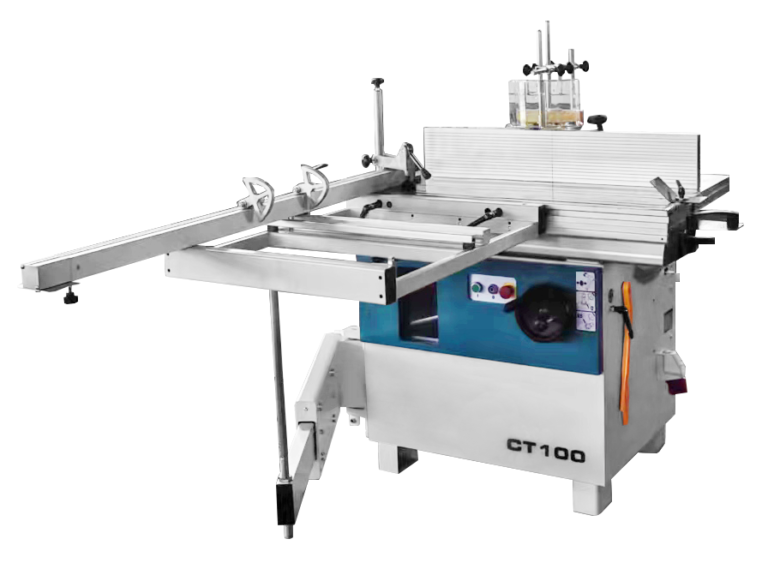MA.CO.2L srl Unipersonale
P.IVA 04100600230
Contacts
- Via Torino 31
37053 Cerea (VR) - info@macoduelle.com
- +39 0442 30295
The Hidden Dangers of the Spindle:
What Makes This Tool so Dangerous?
In the world of woodworking craftsmanship, the router table, or toupie, is a powerful and versatile tool used for a wide range of wood processing operations. However, despite its utility, the router table can also be extremely dangerous if not used correctly. In this article, we will examine the risks associated with using the router table and provide advice on how to mitigate these risks to ensure the safety of the woodworker.
Risk of Cutting:
One of the main risks associated with using the router table is the risk of cutting. The rotating blade of the router table can cut wood with extreme precision, but it can also cause serious injuries if it comes into contact with the hands or other parts of the operator's body. Additionally, the router table can cause wood chipping and splintering, which can be dangerous if not handled properly.
Risk of Kickback:
Another danger of the router table is the risk of wood board kickback during operation. If the board is not properly supported or if the operator fails to follow correct wood feeding procedures, the board could suddenly kick back, causing serious or even fatal injuries to the operator.
The Risk of Material Projection:
During the use of the spindle moulder, sudden projections of wood chips or other materials may occur. These projections can cause damage to the eyes or other parts of the body if the operator does not wear appropriate protective equipment, such as safety goggles.
The Risk of Blade Jamming:
In some cases, the router table blade may become jammed in the wood or other materials, causing a sudden stop in movement and potentially damaging the blade itself. This can create a risk of injury if the operator is not prepared to handle the situation correctly.
How to Minimize Risks:
To minimize the risks associated with using the router table, it is essential to follow the following precautions:
- Always wear personal protective equipment, such as safety glasses and earmuffs.
- Make sure the router table is properly installed and adjusted before use.
- Keep hands and fingers away from the rotating blade during operation.
- Properly support wood boards to avoid the risk of kickback.
- Be cautious of wood chips and other material projections, always wearing personal protective equipment.
- Pay attention to any signs of blade jamming and immediately stop the operation to resolve the issue safely.

Conclusions:
The router table is an indispensable tool in every woodworker's arsenal, but it's important to be aware of the risks associated with its use and take the necessary measures to ensure workplace safety. With the right training, equipment, and precautions, it's possible to use the router table safely and effectively to create high-quality woodworking projects.


